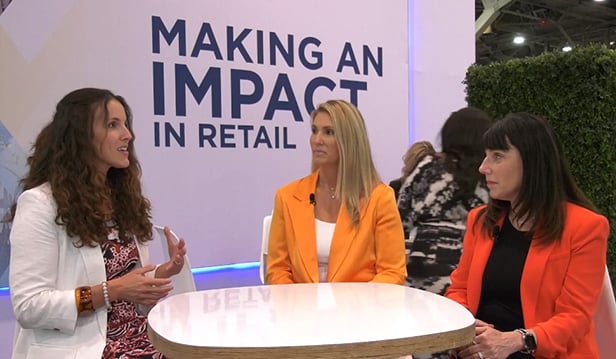|
SAN DIEGO—San Diego County, also known as the Craft Beer Capital of America, was home to 125 licensed craft breweries as of 2016—the most of any region in the US—and it's only growing, Cushman & Wakefield's director of research for the San Diego region Jolanta Campion tells GlobeSt.com. According to a recent report from the firm, the craft-brewing industry accounts for an estimated 1.1 million square feet countywide, with the heaviest footprints in North County and District 6 in Central County, also known as “Beeramar.” We spoke with Campion about the craft-brew industry here and its importance to the San Diego economy.
GlobeSt.com: Why has the craft-brew industry taken off in San Diego?
Campion: Two key factors have driven the growing popularity of craft brew industry: foodie culture and the Millennial generation. Foodies actually think about what they are eating, what they ate last night and what they are considering eating tomorrow. Foodies go to dinner and talk about the dinner they had last week and the dinner they are going to have next week, while they are taking pictures of the dinner they are having. The more bread they break together, the more they connect to each other.
Recommended For You
Want to continue reading?
Become a Free ALM Digital Reader.
Once you are an ALM Digital Member, you’ll receive:
- Breaking commercial real estate news and analysis, on-site and via our newsletters and custom alerts
- Educational webcasts, white papers, and ebooks from industry thought leaders
- Critical coverage of the property casualty insurance and financial advisory markets on our other ALM sites, PropertyCasualty360 and ThinkAdvisor
Already have an account? Sign In Now
*May exclude premium content© 2025 ALM Global, LLC, All Rights Reserved. Request academic re-use from www.copyright.com. All other uses, submit a request to [email protected]. For more information visit Asset & Logo Licensing.









